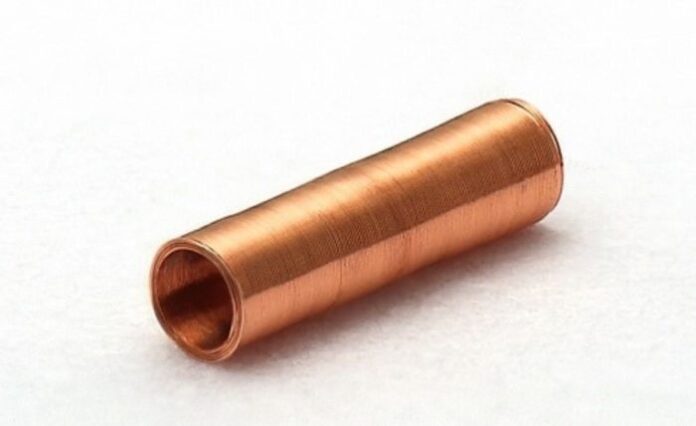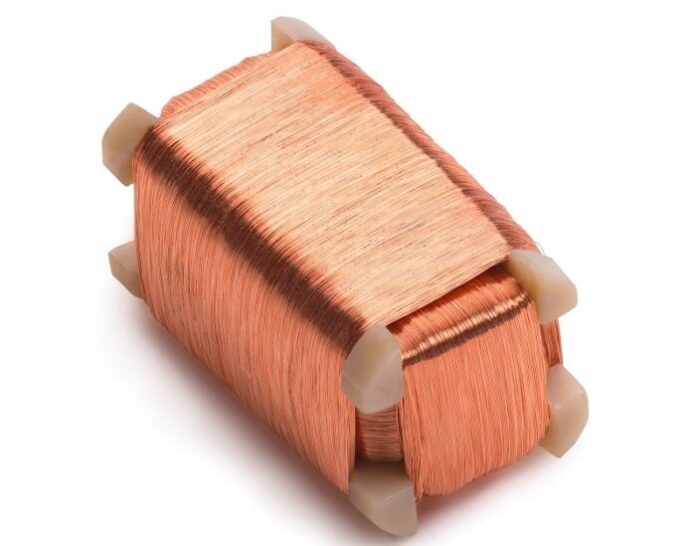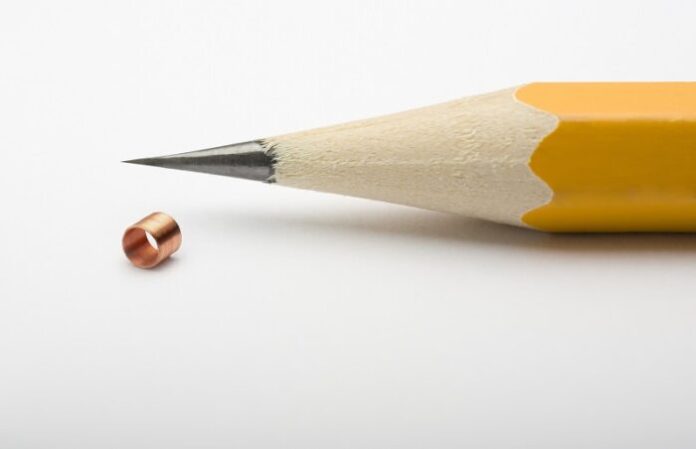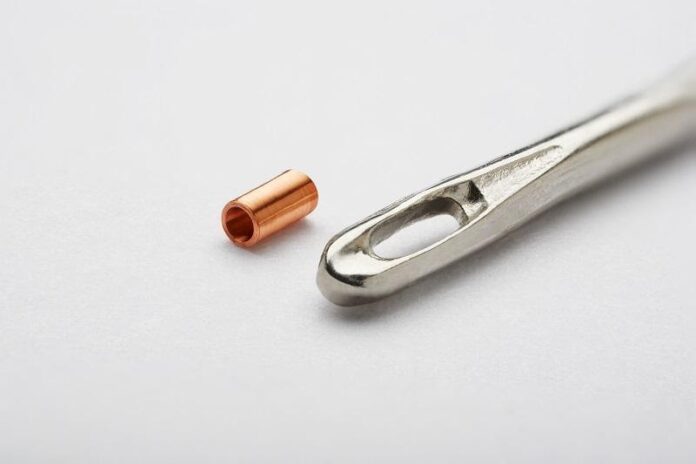In the domain of medical sector, the usage of medical sensors is increasing day by day. The inclusion of medical sensors has made it possible for doctors to measure and monitor each and every minuscule detail of our body functions.
In this article, we will provide a concise discussion on how miniature coils for medical sensors are manufactured, how they help doctors, and what are their applications. For detailed information, please visit here.
How miniature coils for medical sensors are manufactured:
- A manufacturer needs to abide by certain guidelines while engineering medical coils for medical sensors. First of all, it is mandatory to manufacture micro coils as per the specifications mentioned by the client.
- The whole manufacture procedure undergoes through a thorough quality check. The maintenance of high standards ensures that all possible faults are removed.
- To prepare tiny medical sensors, you need special equipment. Standard coil manufacturers do not use such machines and you cannot find one that makes medical coils in the open market. To manufacture miniature medical coils, you have to design and fabricate a machine from scratch.
- The entire process of manufacture needs to be approved by ISO 13485 and clients will conduct regular inspections to assess the progress.
- Manufacturers maintain material traceability and if required, they can even trace back materials to the pit where the raw materials were located.
- You can also find many common traces such as who manufactured the device when it was manufactured and the employee name who prepared the sensor.

Process of winding:
The winding process is not an easy job at all and requires a specialized skillset. The main function that winding plays is to amplify the inductance of the wires. The thickness of the wires is very tiny to safely fit with the implant. The size of the implant is as low as 0.1 millimeters. So, the thickness of the wires also needs to be lower than 0.1 millimeters. Moreover, micro coil makers need to properly insulate the wires prior to the winding process over the core. This is a security measure to avoid any accidental occurrence of electromagnetic waves within the coil and the body.
Shape factor for winding:
The pathway of sending the implant in the brain starts from the canal right at the back of our wisdom tooth. In fact, the same is also the pathway to reach the nasal sinuses. To pass the implant under the canal safe and sound and locate it within the skull, the miniature size of the implant is very much required. For this small size requirement, manufacturers give only one coating of winding over the core.
While the process of winding remains the same more or less, it differs in shapes. The winding design can be elliptical, rectangular, or circular. However, though the shapes differ in micro coil winding but one thing is very important for all shape; the size and dimensions. To give a micro-coil its desired and recommended size, coil makers eliminate the extra width of threads.

Materials used for custom winding:
The use of different materials is important in custom winding to satisfy different purposes.
Aluminum to reduce the excess weight of devices:
The cost to manufacture aluminum loops is pretty high. Adding to this, the process of isolating and sealing those loops are also expensive. But along with these high manufacturing costs, it also provides the benefit of reduced weight. Medicinal devices become weighty because of a huge number of turns. So, doctors face a challenge to transfer those medical devices in need. Micro coils made by aluminum wires easily eliminate this heavyweight issue and make it simpler for doctors and medical practitioners to carry those devices at ease. This lightweight feature of aluminum coils is so effective that hospitals even do not argue to pay high amounts for those devices. In fact, from a longer perspective, it helps them save both manual effort and time.
Gold for direct contact:
The use of gold coils in winding is very uncommon. In some cases, miniature coils come to direct contact with our skin. And gold is used in those cases. For obvious reasons, the micro-coil winding with gold is very much expensive. The FDA standard ensures biocompatible machinery for direct contact with living cells. As gold is biocompatible, so it does not create any adverse effect when it comes in contact with living cells. So, where there is a need for direct contact, manufacturers use gold in micro coil winding.

How medical sensors help doctors:
The inclusion of medical sensors is a breakthrough innovation in the medical industry as it helps doctors to reach those parts of the body which were inaccessible previously. Using medical sensors, doctors can freeze and heat a tumor to remove it from the body. This technique is acknowledged as a cryo cancer treatment. It also helps in minimizing body function disruptions and energy consumption capability of the medical devices and improves the longevity of implants.
Application:
The application of medicinal sensors is widespread in the medical industry and includes:
- Diagnostics: Through wireless communication with medical devices, these sensors are capable of catching important bodily signs.
- Implants: Medical sensors are used in active implants to observe and control deep brain stimulation, mini pacemakers, etc.
- Therapeutic applications: These are also used in electrophysiology treatments.
- Navigation: Medical sensors are used in planned drug delivery to a certain body part, stent adjustment, super precise ablations, targeted radiation catheters, inter-body tagging, and implanted markers.
- Orthopedic aids: It is also used to tie miniature coils with the operating system through electromagnetic pulses.

Connectivity resolutions:
Connecting ultra-fine wires is a highly precise art. Normal heat-based soldering creates many hazards such as bad connectivity, oxidation, damage due to heat, etc. To avoid these problems, ultra-fine wires are connected through thermo-pressure bonding technology. If it is needed to use a terminal-based connection, then gold-plated terminals are used to connect the wires. Both the connections are very much reliable and free from strain and corrosion.









